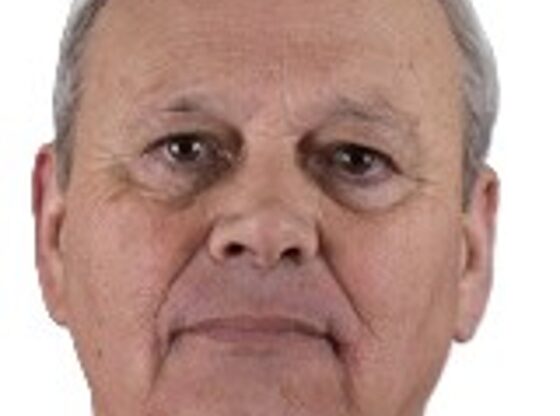The acquisition by the Portuguese state of four UH-60 Blackhawk helicopters, to complement and support INEM, caused enormous controversy in the media, namely TVs, newspapers and social networks. The Portuguese are a people with notable qualities, but also with exceptional defects, individually “each Portuguese knows everything and comments on everything, even knowing nothing about the subject”.
The last few days have been a flurry of unfounded criticisms, some even ridiculous, others false or semi-truths, deciding the acquisition of these helicopters. The lack of preparation and lack of knowledge on this matter among many commentators and analysts is clear and clear. The acquisition may not be ideal, but considering the numerous advantages and the various constraints, particularly economic ones, it is a good solution.
Blackhawks are excellent helicopters, operated by dozens of countries in aeromedical evacuation missions and have all the necessary conditions to carry out the missions. They have great logistical and maintenance advantages, as the Portuguese Air Force (FAP) already operates a fleet of UH-60 helicopters. These factors make the operation more fluid and at lower costs.
Criticizing the operation of these helicopters for being too large and heavy is, to say the least, ridiculous. For decades, the Portuguese Air Force carried out evacuations, day and night, with SA-330 (PUMAS) helicopters, basically in the same category as the UH-60 Blackhawk. No one ever complained, quite the opposite. Criticizing the helicopter for being developed with military origins makes no sense, in fact the PUMA was also developed as a military helicopter and is still used worldwide as a civil helicopter today.
FAP helicopters have done and continue to do remarkable work for the well-being of the Portuguese, on the Mainland, in the Azores and in Madeira, particularly in the context of aeromedical evacuations. The FAP began flying helicopters in the early 60s of the last century, when civil helicopters in Portugal were still a mirage. In the late 70s and early 80s, aeromedical evacuations throughout the national territory were carried out by Air Force helicopters, long before the existence of INEM. The FAP maintained a warning device with helicopters in Montijo, Tancos and a detachment in Aveiro. From 1976 in the Azores and from 1991 in the Madeira archipelago.
Aeromedical evacuations in the Azores and Madeira archipelagos continue to be carried out by the Air Force. FAP, due to obvious difficulties in the operational readiness of the company contracted by INEM, ensured the medical emergency transport service from the 1st of July until the end of October of this year. In a very demanding transition period, without being prepared for it, FAP once again, demonstrating a great operational and adaptation capacity, ensured with dedication and professionalism the continuity of INEM’s Medical Emergency Helicopter Service.
With the acquisition decided, is it necessary to define the operating model for INEM, a hybrid system, public/private, or hand it over to the Air Force? It is necessary and fundamental to define the chain of command and control, that is, “who is in charge of who”.
Lieutenant General Pilav (REF). Member of SEDES OS&D

